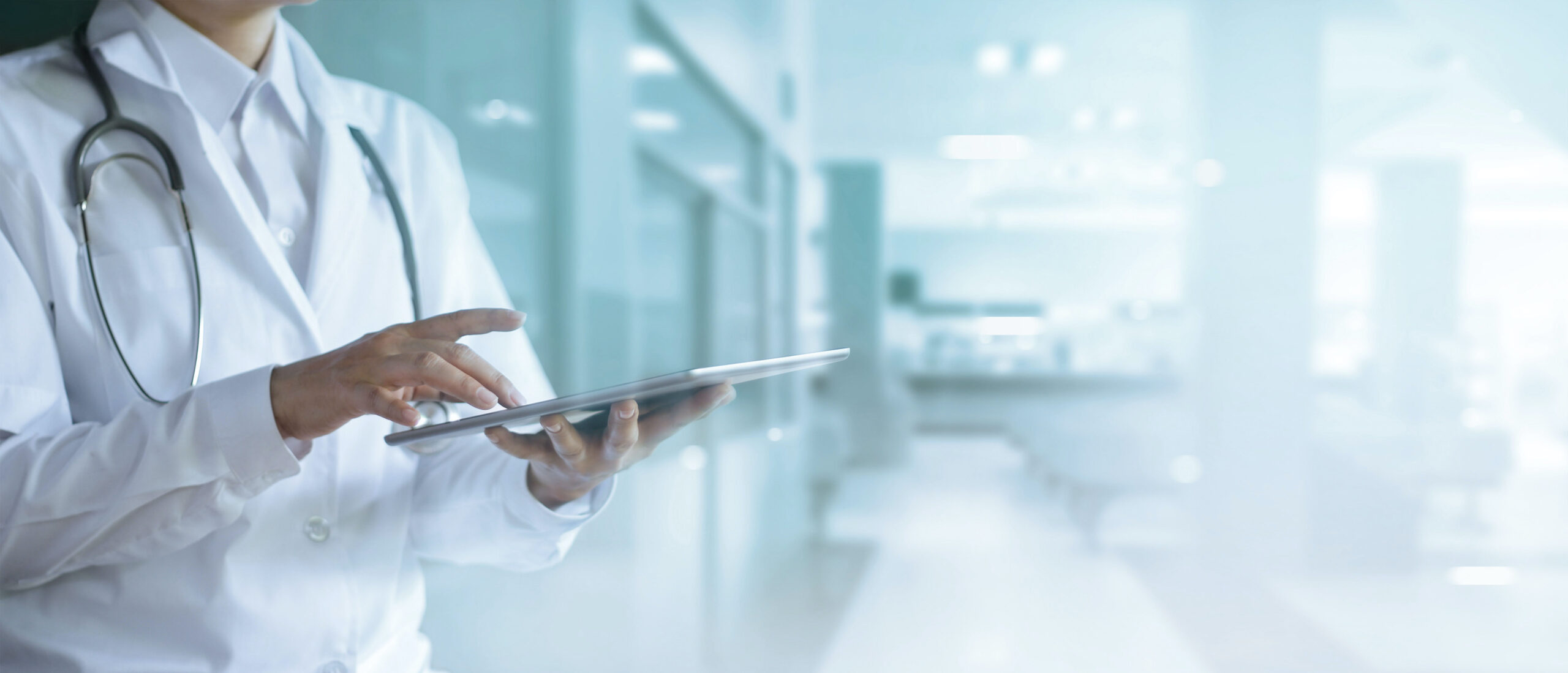Data science is capturing every corner of the industry. It enables organizations to use valuable insights to optimize processes and tailor services to meet customer needs and expectations.
The healthcare sector is not an exception-especially after the global pandemic, during which rapid and remote methods of care had to take shape virtually overnight. Healthcare software services and data science solutions have become an integral part of the industry today. Healthcare data science represents perhaps one of the most important and long overdue revolutions in the sector today.
Thanks to data science, healthcare providers can use analytics to make faster and more accurate diagnoses and provide more effective and less risky treatments for patients’ health. Data science can optimize all aspects of the health care delivery model, from medical imaging to drug discovery to genomics.
With more than a billion clinical documents created yearly in the U.S. alone, a deep mine of healthcare data needs to be drilled down. Here we look at six major trends that will drive the adoption of healthcare data science services.
Six areas where healthcare data science can have the most significant impact1. Data-driven clinical decision making
Today’s data science platforms can significantly accelerate the decision-making process for physicians, allowing them to replace an ineffective course of treatment with the one that better fits the patient’s needs.
This is especially important for improving outcomes for chronic diseases such as cancer and heart disease.
Predictive analytics becomes even more powerful when combined with machine learning models that consider the impact of social factors on health and well-being. For example, in determining the risk of cardiovascular disease in humans, researchers have found that predictive and treatment efficiencies are improved when a machine learning model considers factors such as socioeconomic and environmental circumstances.
Medical Imaging
Various imaging techniques are currently used to detect multiple medical conditions, including radiographs, MRIs, mammograms, etc., and new techniques are being developed.
With the help of data science, medical institutions can use the power of deep learning algorithms to improve imaging accuracy by giving the algorithm previous examples from which it can learn and improve. This, in turn, allows medical professionals to prescribe the most appropriate treatment.
With data science, medical organizations can quickly and accurately identify diseases such as cancer, arterial complications, and organ problems, allowing them to treat the infection before it becomes more severe and costly.
Genomics and Genetics
Genomics, genetics, and digital biology are cutting-edge areas of medicine, and data science allows health care providers to provide individualized treatment solutions based on patients’ genetic characteristics. Data science helps medical professionals combine a wealth of data with genetic information to provide critical insights into how a person’s DNA affects disease progression and medication response.
Drug development
The pharmaceutical field of health care is one of the most expensive and labor-intensive. Nevertheless, the digital transformation of the pharmaceutical sector is one of the industry’s key priorities. Data science has the potential to completely redefine the methods used to find new treatments, especially when combined with artificial intelligence and machine learning algorithms. Together, they offer many benefits to the field, including:
- Increased speed and momentum in drug trials
- Safer screening
- Using AI to develop new drug safety protocols
- Using basic clinical trial protocols (MAPs) to modernize, optimize costs, and improve clinical trial efficiency.
- Remote patient monitoring
The pandemic has highlighted the value of remote patient monitoring like never before. But telemedicine is not standing still, as on-demand services are becoming the norm across various industries. The ability to remotely monitor patients using IoT, in the form of wearable technology and data science, offers many benefits, including, but not limited to:
- Improved patient care
- Improved patient outcomes
- Matching clinicians to the most appropriate patients
- Providing access to care for those in remote areas
- Eliminates logistical challenges, especially for disabled or infirm patients.
- Patients can use Bluetooth-enabled wearable devices to record key health indicators such as blood sugar, blood pressure, and heart rate by connecting to smartphones and sending data directly to clinicians for analysis, diagnosis, and treatment.
- Disease tracking and prevention
Another compelling example of the use of data science in health care, demonstrated again by the pandemic, is the ability of data to help health care providers track and prevent disease. Particularly in infectious diseases such as Covid-19, data science helps medical analysts understand how pathogens spread by observing outbreaks in real-time and using the data collected to create predictions of future spread.
Final Thoughts
By using data science, health care providers can gain a holistic view of human health, identify diseases more quickly, and tailor treatment to the needs of the individual patient, including facilitating access to care where it was previously unavailable. In addition, health care organizations can optimize their operations and significantly reduce the cost of care.
Ready to revolutionize your healthcare organization? Find out how Iskedez Solutions data science experts can help.
